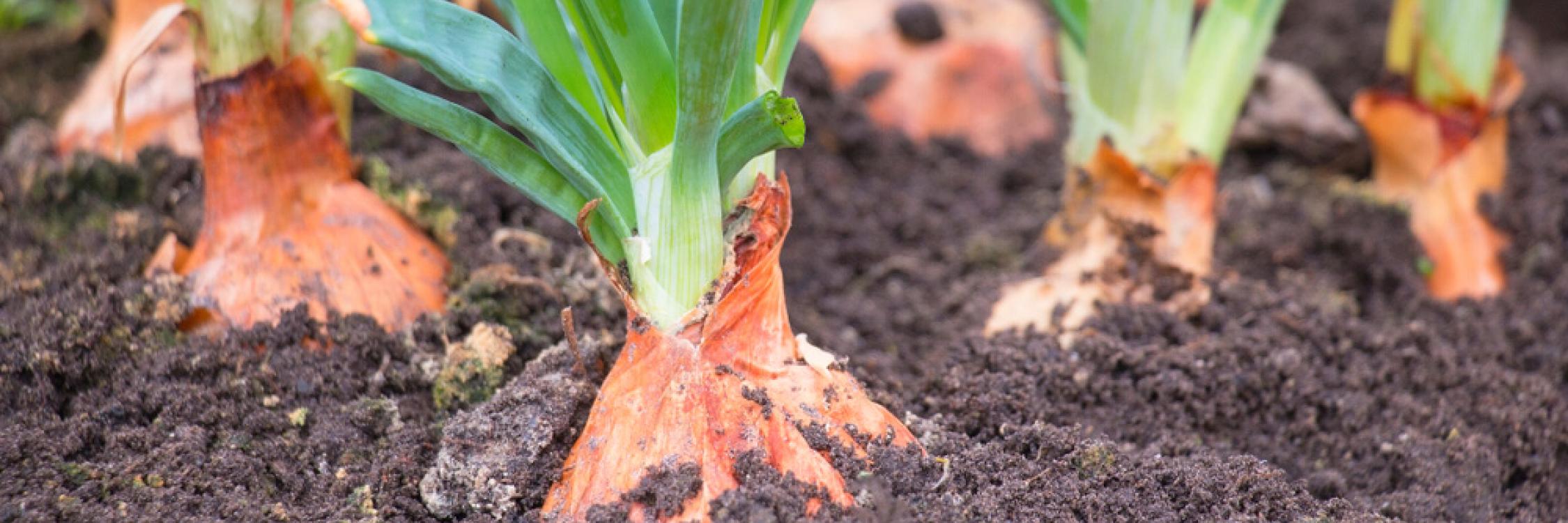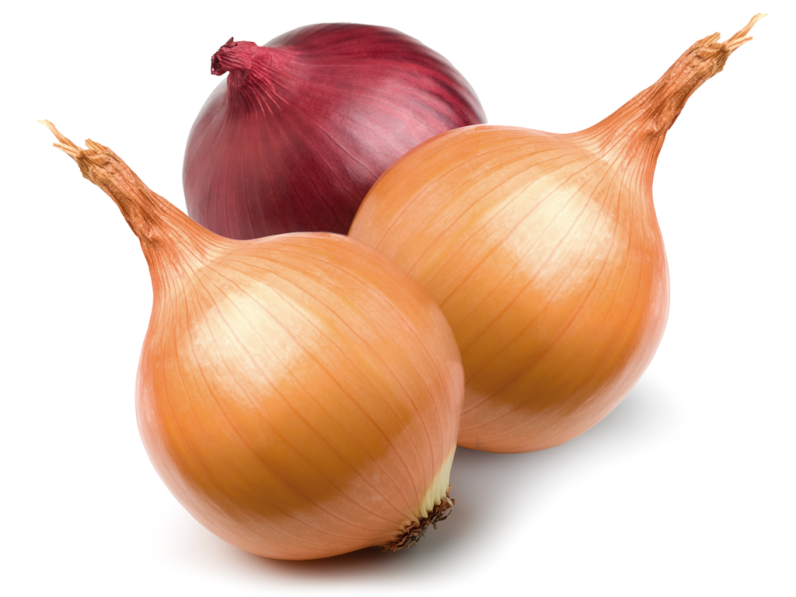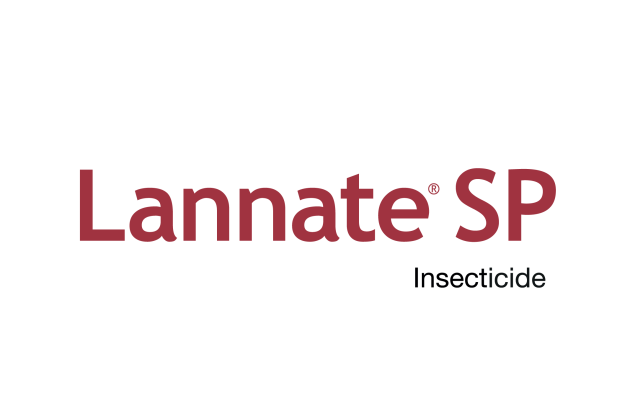
Effective Thrips Control in Onions with Lannate

Thrips can cause significant damage to onion crops, leading to yield losses and reduced quality. Thrips are small, sap-sucking insects that feed on the leaves, stems, and bulbs of onions, causing stunted growth, leaf curling, and discoloration. For over 60 years, Lannate® has been a preferred choice of onion growers throughout the world. Here, we explain what Lannate is, how it works, and why it is a trusted choice for thrips control in onions.
Lannate is a broad-spectrum insecticide that contains the active ingredient methomyl. It belongs to the carbamate class of insecticides and is known for its quick knockdown and excellent efficacy against a wide range of pests, including thrips. Lannate is available in two formulations, a water soluble powder (SP) and a water soluble liquid (LV). Lannate may be applied as a foliar spray or applied via chemigation.
Lannate works by inhibiting the activity of the enzyme acetylcholinesterase in the nervous system of insects, disrupting their nerve impulses, and ultimately leading to paralysis and death. This mode of action makes Lannate a highly effective insecticide against thrips, as it provides rapid control and prevents thrips from causing further damage to onion crops.
Why is Lannate effective against thrips in onion?
Quick Knockdown: Lannate has a fast-acting mode of action, which allows it to provide quick knockdown of thrips populations in onion crops. This helps to prevent thrips from spreading and causing further damage to the crop.
Broad-Spectrum Activity: Lannate is known for its broad-spectrum activity, which means that it is effective against a wide range of pests, including not only thrips but also other common onion pests such as aphids, mites, and armyworms. This makes it a versatile choice for overall pest management in onion crops.
Flexible application: Lannate is available in two formulations, a water soluble powder (SP) and a water soluble liquid (LV) for flexible application options depending on the specific needs and preferences of farmers. Lannate may be applied as a foliar spray or applied via chemigation, making it compatible with various farming practices.
Reliable performance: Lannate has been used for many years by farmers around the world and has a proven track record of reliable performance in controlling thrips and other pests in onion crops. It is widely trusted by farmers as an effective tool for thrips control, helping to protect their onion crops and ensure healthy yields.
Efficacy against multiple stages of thrips and other pests: Lannate is effective against larvae, nymphs, and adults of thrips and many other pests. Lannate also controls eggs by direct contact.
Resistance management tool: As a carbamate, Lannate can be used very effectively in resistance management programs with other insecticides that have a different modes of action. Some thrips species have already developed resistance to the newest insecticides on the market, reinforcing the vital need to follow sound resistance management practices.
Translaminar activity: The active ingredient in Lannate, methomyl, has the ability to move from one side of the leaf to the other, making it especially suitable to use against insects that are predominantly feeding on one side of the leaf. This ability takes away the need to apply the product in a high-water volume that ensures a complete coverage of the plant surfaces.
Short residual and pre-harvest interval: Lannate does not persist in plant tissue or soil or accumulate in the environment. This makes Lannate an ideal product to apply close to the end of life cycle of onion and other crops. Any crop can be planted after harvesting onion without concern of damage.
To sum it all up
Thrips can pose a significant threat to onion crops, but with the right insecticide, such as Lannate, farmers can effectively manage thrips populations and protect their crops from damage. Lannate offers quick knockdown, broad-spectrum activity, flexible application, efficacy against multiple stages of pests, resistance management tool and short residual and pre-harvest interval, as well as reliable performance, making it a trusted choice for thrips control in onions. By incorporating Lannate into their pest management program, onion farmers can ensure healthy onion crops and optimize their yields. However, it is essential to follow the manufacturer's instructions, including proper application rates and safety.
Learn more

